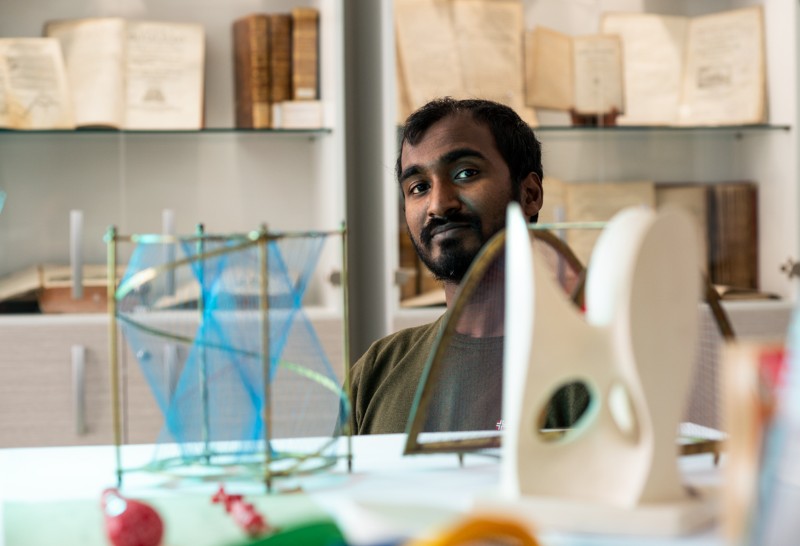Hello Nature readers, would you like to get this Briefing in your inbox free every day? Sign up here.
For 20 years, science has blossomed in Afghanistan. Now many researchers are fleeing and those who remain face lost funding and the threat of persecution. Humanitarian organizations such as Scholars at Risk are working to find places for researchers overseas, but leaving the country is extremely difficult. Scientists told Nature that they fear for themselves and their families, and mourn the loss of a flourishing science infrastructure. “We spent all our money, energy and time in Afghanistan to build a brighter future for ourselves and our children,” says medical physicist Musa Joya. “I really see a dark future.”
Nature | 7 min read
Features & opinion
Table of Contents
Astronomer Carolyn Shoemaker co-discovered the comet Shoemaker–Levy 9, which collided with Jupiter in 1994, resulting in dramatic explosions visible from Earth and igniting interest in what happens when comets strike planets. Trained in the humanities, Shoemaker “never really considered herself a scientist”, writes her former collaborator David Levy. Nevertheless, her uncanny ability to spot details in astronomical images made her unmatched at discovering comets. For many years, she held the record for the greatest number of comets discovered by an individual: between 1980 and 1994, she found 32 comets and more than 400 asteroids. Shoemaker died on 13 August, aged 92.
Nature | 5 min read
Ready to go green in your lab? A recorded webcast from Nature Careers will get you started. Experts share tips, advice and resources for dealing with waste, unrecyclable materials, always-on equipment and environmentally dangerous chemicals.
Nature | 1 hour video
In this week’s collection of short stories for Nature’s Futures series:
• A woman fighting her way out of a violent relationship takes advantage of unusually large-scale quantum behaviour in Zeroing out his wavefunction.
• A DNA donor faces her clone — and her decision to condemn her double to a very different life — in The reunion.
Nature | 4 min read
“Seashells were money before coin, jewellery before gems, art before canvas,” says science writer Cynthia Barnett in her arresting meditation on shells and ocean history. Discover this and more of the top five science books to read this week.
Nature | 3 min read
A growing body of data suggests that female athletes are at significantly greater risk of a traumatic brain injury event than male athletes. They also fare worse after a concussion and take longer to recover. Possible explanations range from differences in the microstructure of the brain to the influence of hormones, coaching regimes, players’ level of experience and injury management. One thing scientists agree on is the need for more research in female athletes to inform sports-concussion protocols, which are currently based on data almost exclusively from men.
Nature audio long-read | 13 min listen
Subscribe to the Nature Podcast on Apple Podcasts, Google Podcasts or Spotify.
Where I work
Mathematician and theoretical physicist Fabio Deelan Cunden studies chaos at the quantum level, where atoms and subatomic particles interact. “The blue ‘string art’ here is an example of a ruled surface, a complex shape that you can generate by moving a simple straight line,” he says. “The white object is a Clebsch surface, another complex surface that is based on simple equations. On the lower left are red dice of different shapes, which I selected because they provide a primitive example of what I study at the University of Bari, Italy — probability and randomness.” (Nature | 4 min read)
Monday is a holiday in the United Kingdom, so your next Briefing will arrive on Tuesday. Leif is spending the long weekend chillaxing in the Orkhon Valley, once the heart of the Mongol Empire, in Central Mongolia. Can you find the penguin?
The answer will be in Tuesday’s e-mail, all thanks to Briefing photo editor and penguin wrangler Tom Houghton.
This newsletter is always evolving — tell us what you think! Please send your feedback to briefing@nature.com.
Flora Graham, senior editor, Nature Briefing


